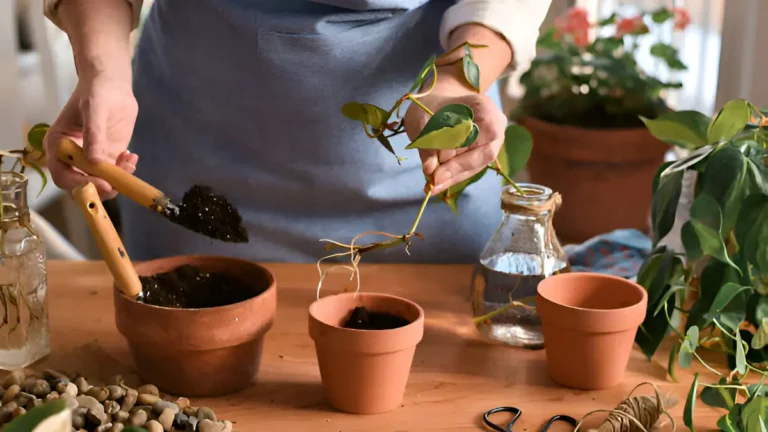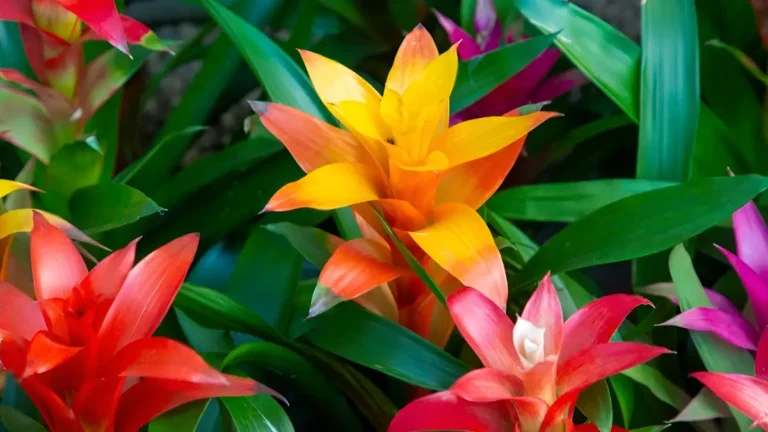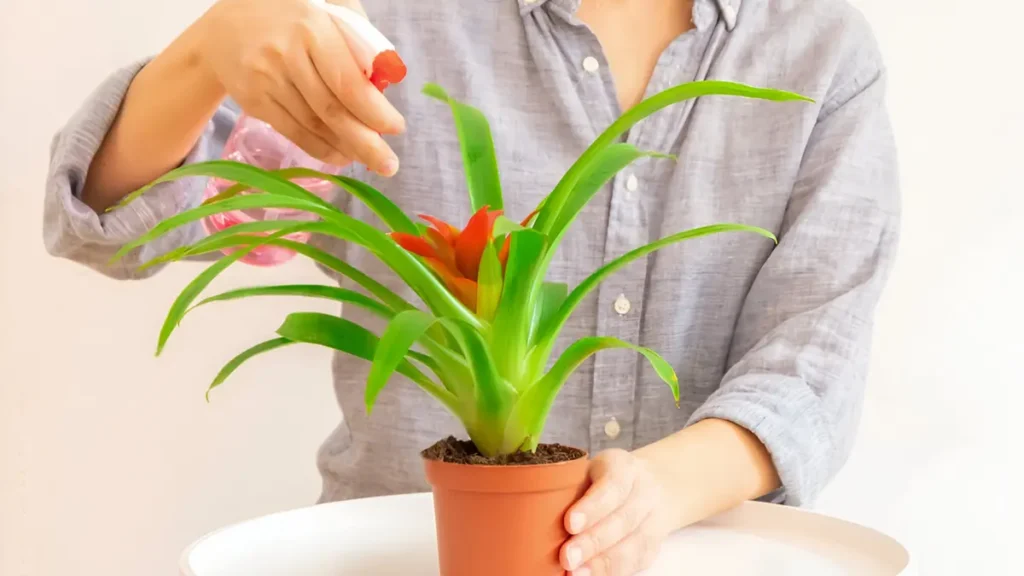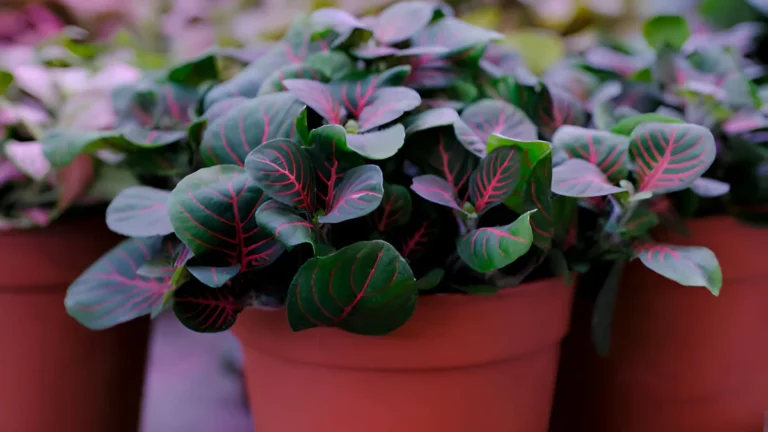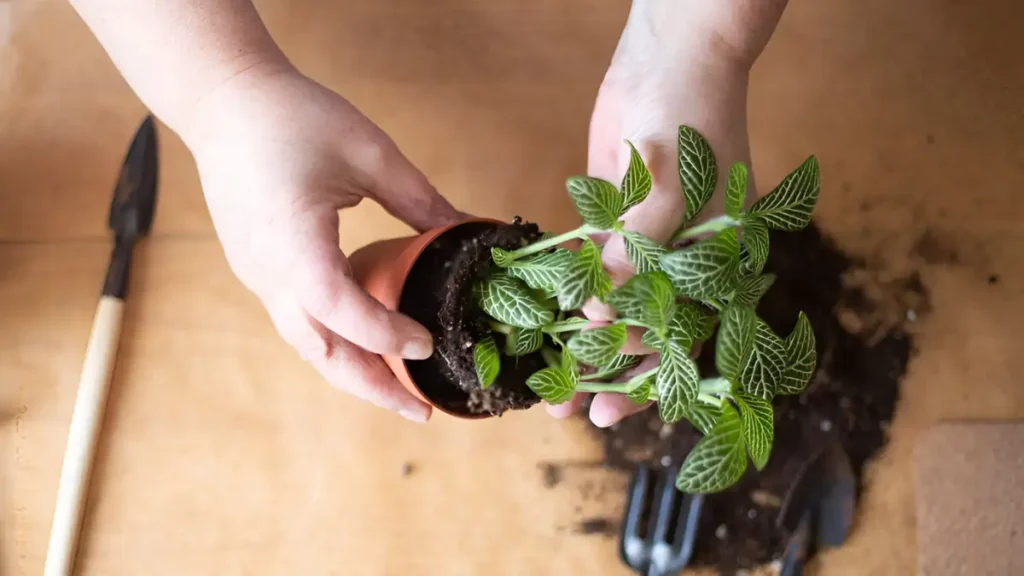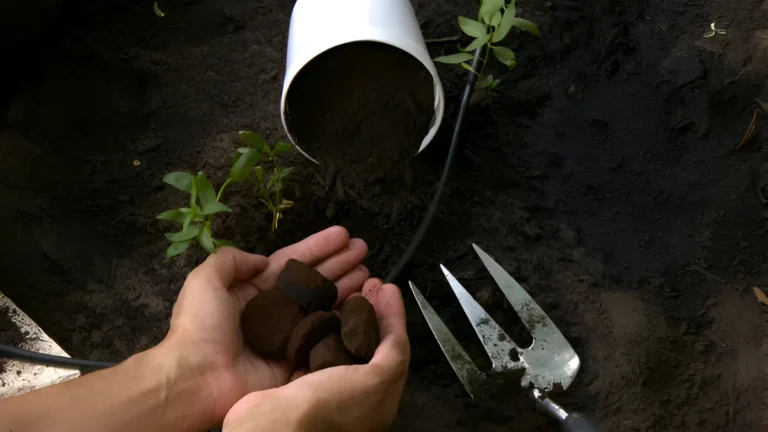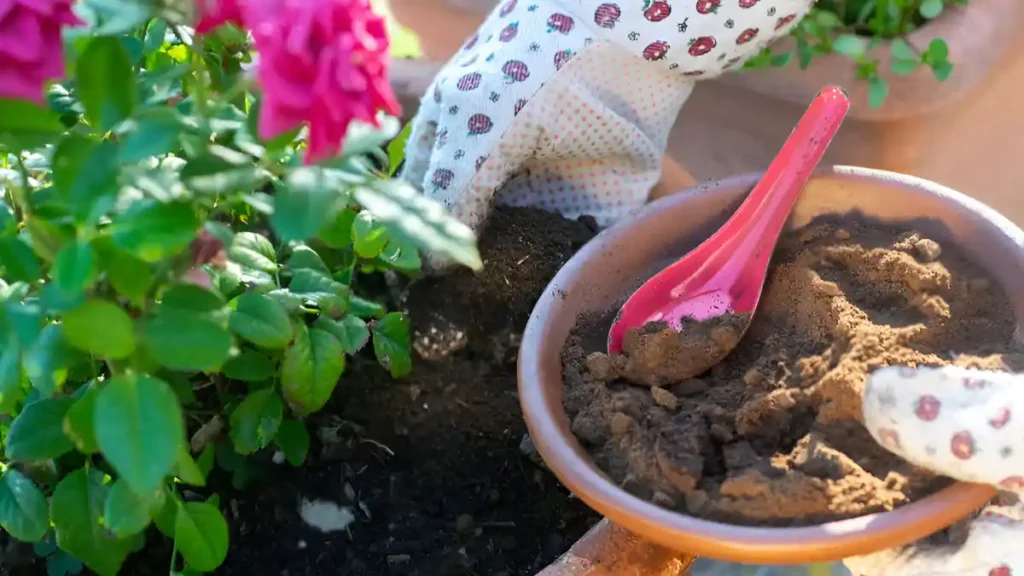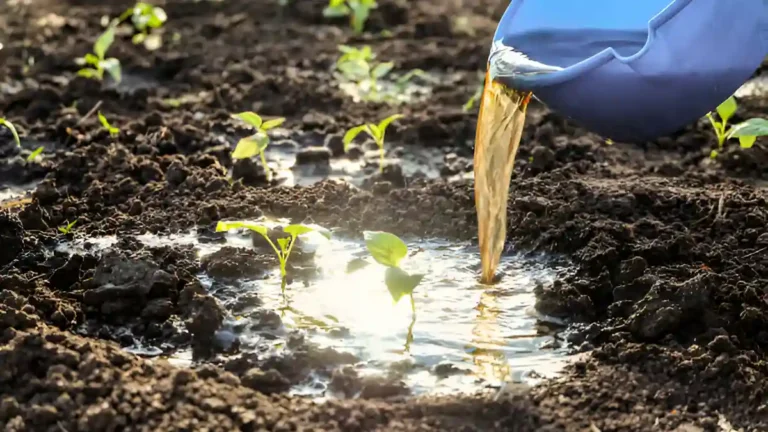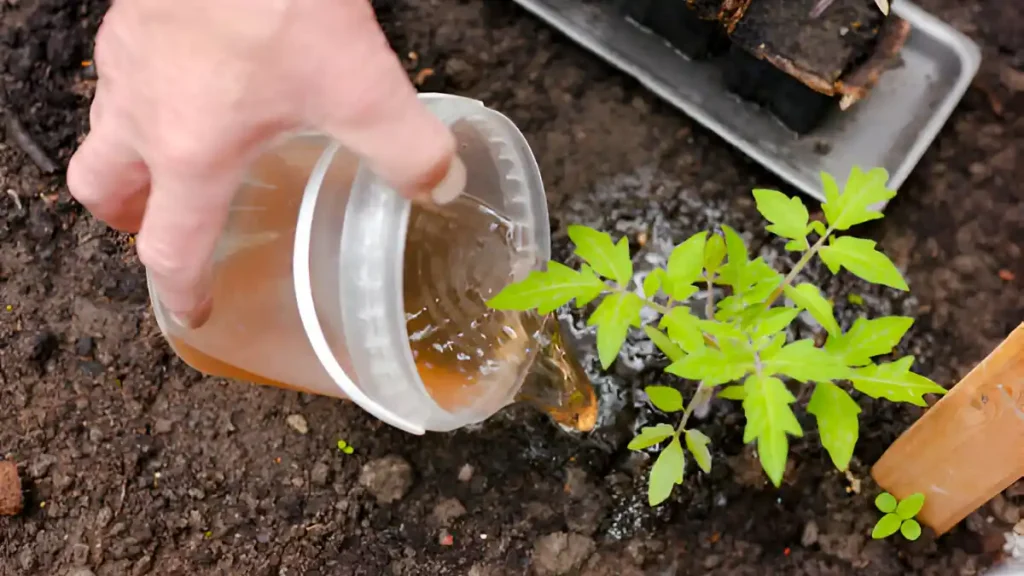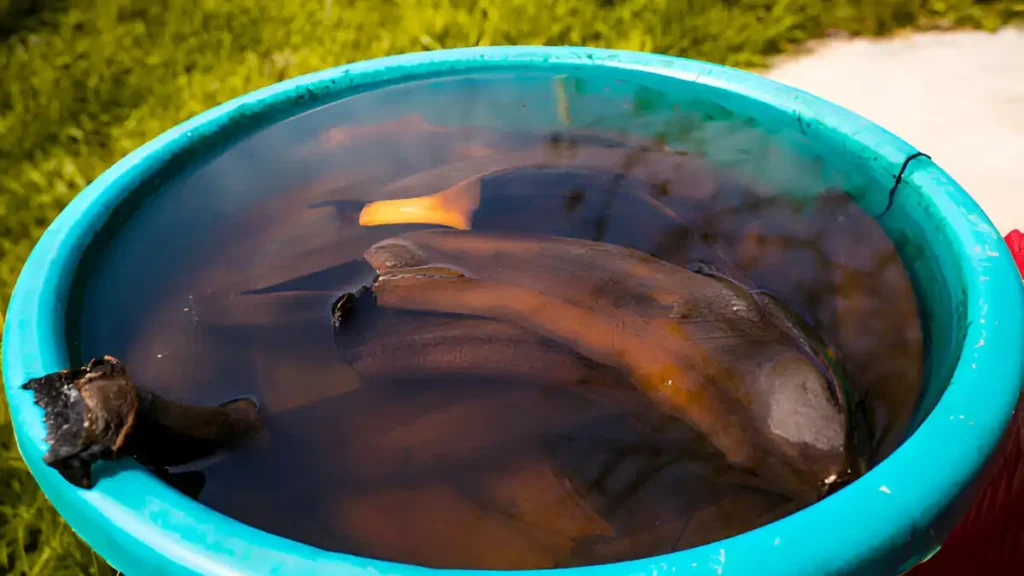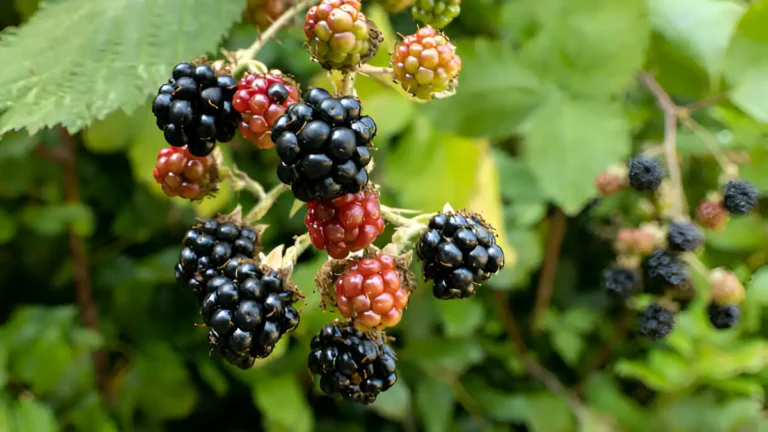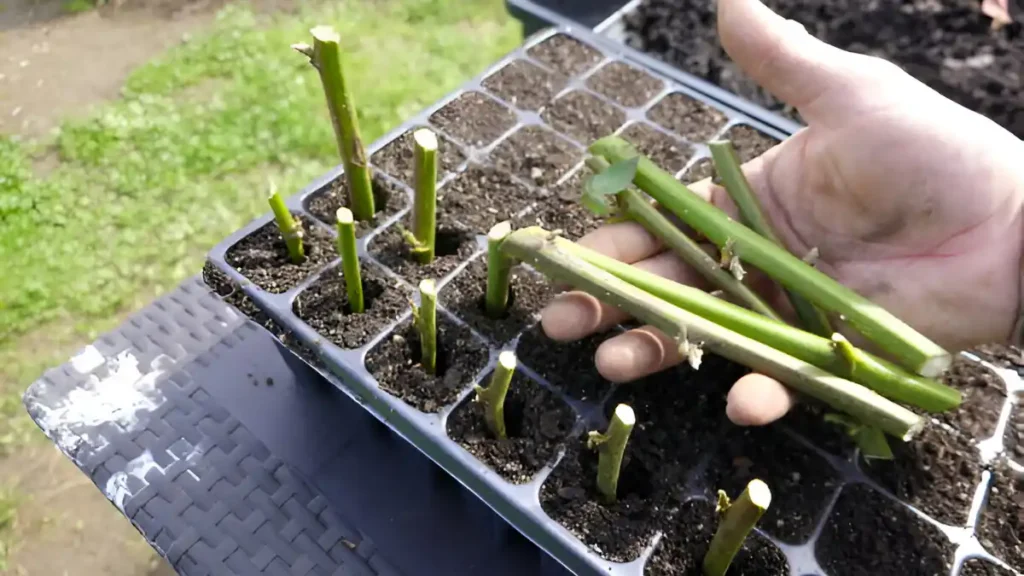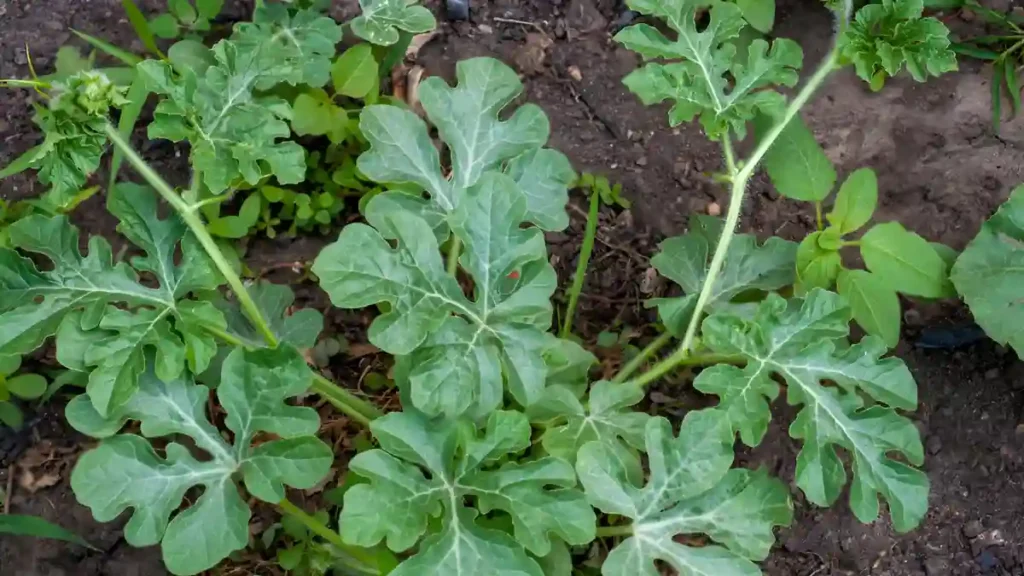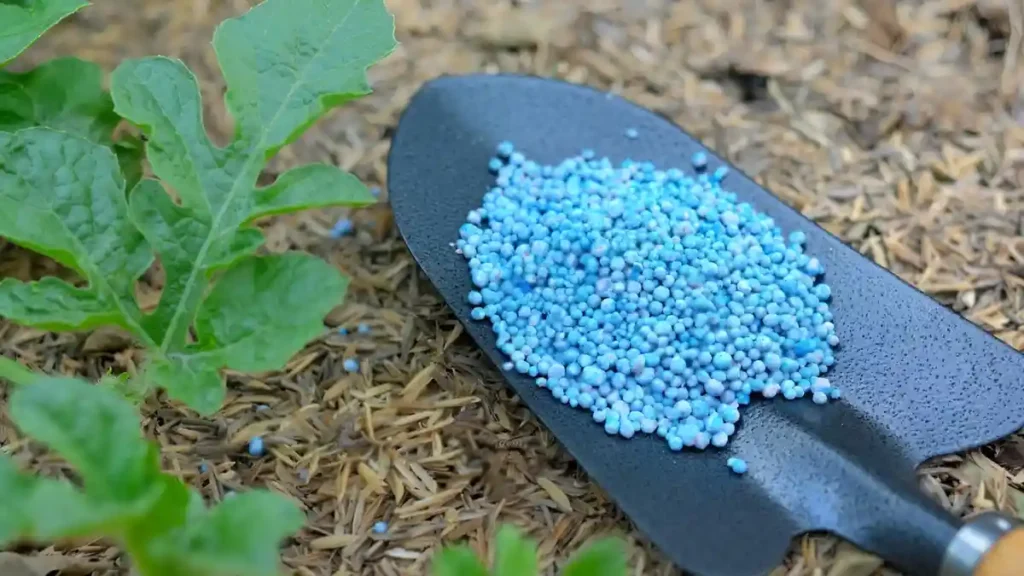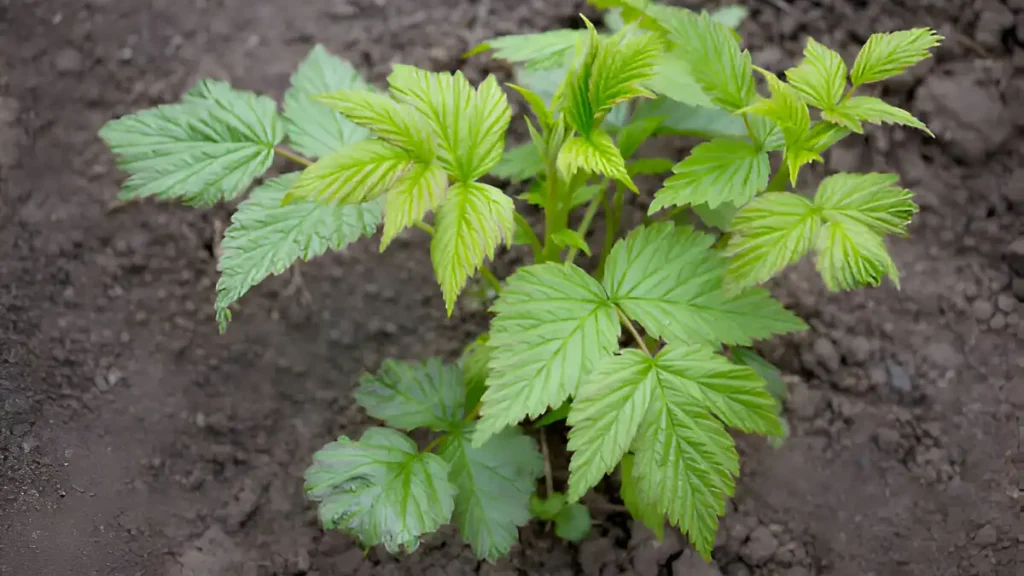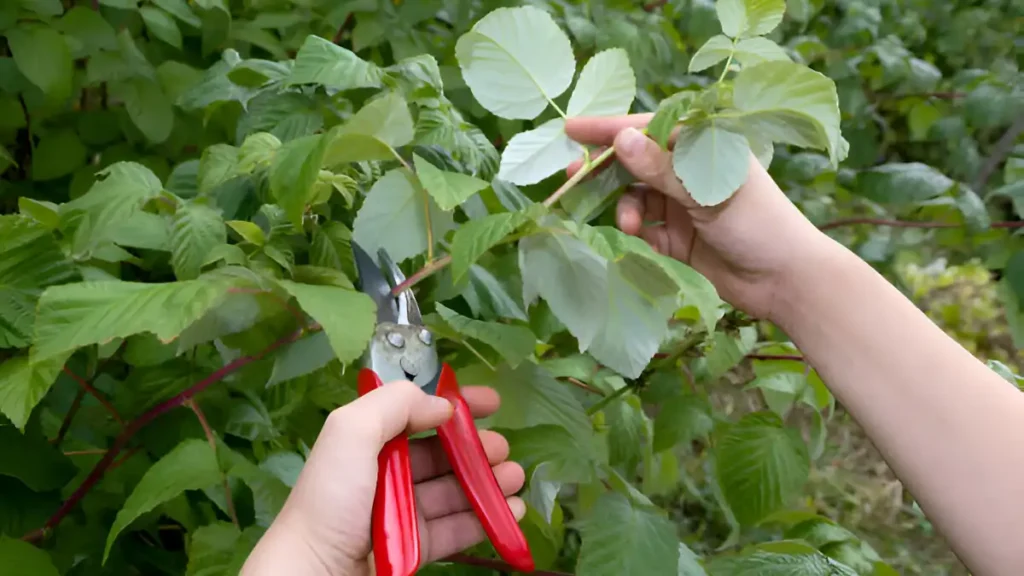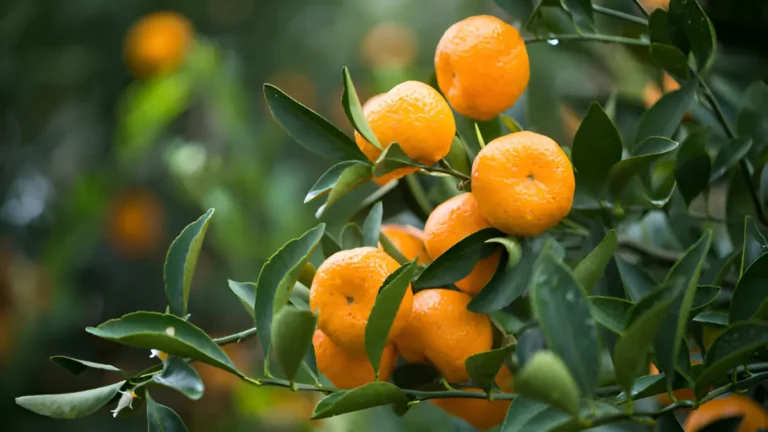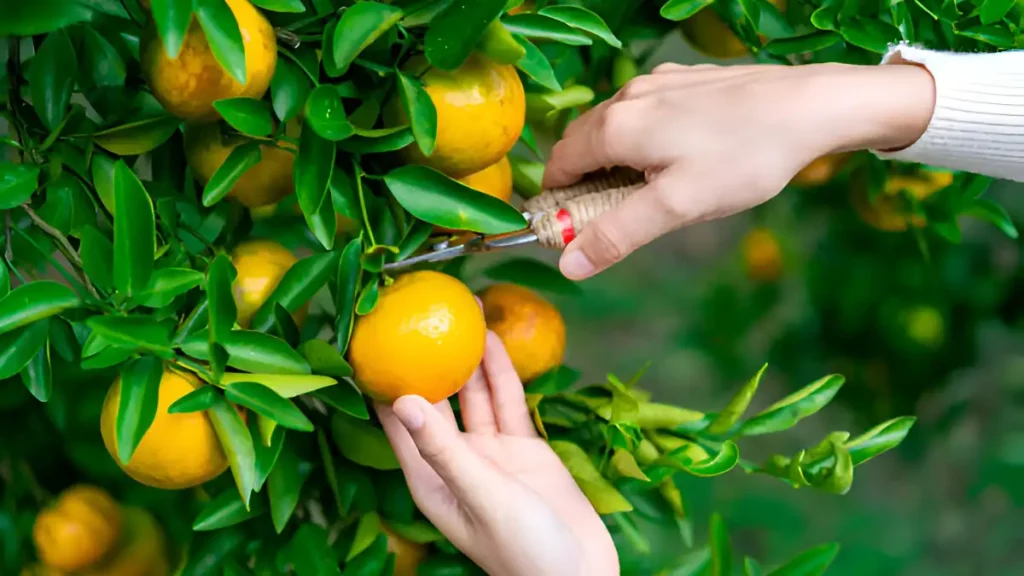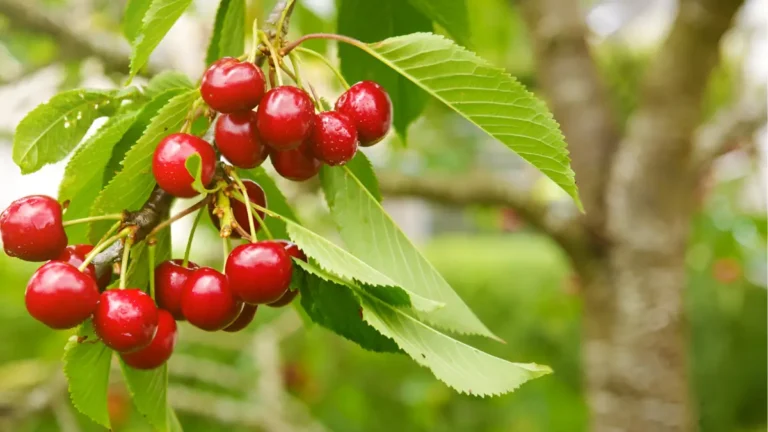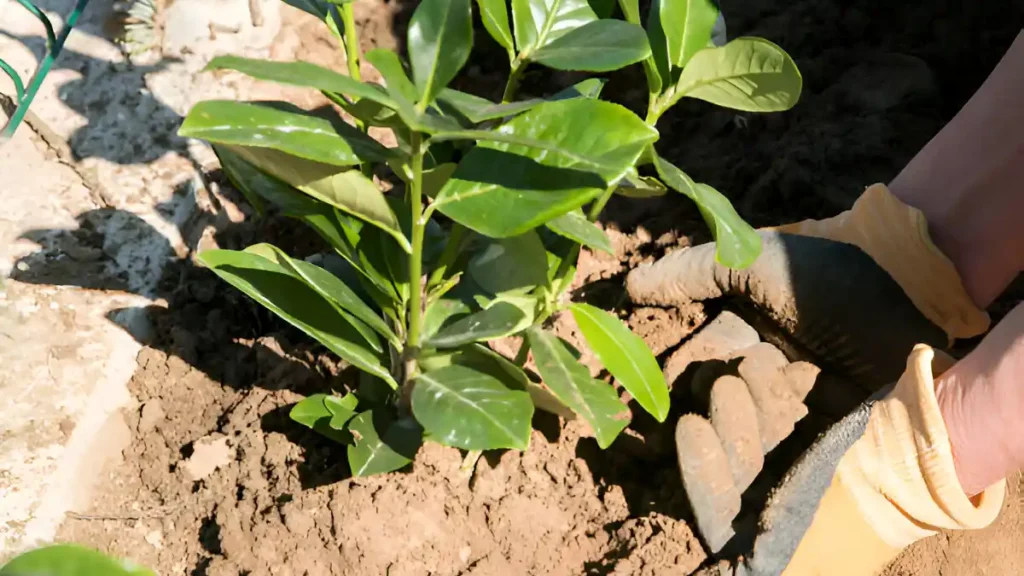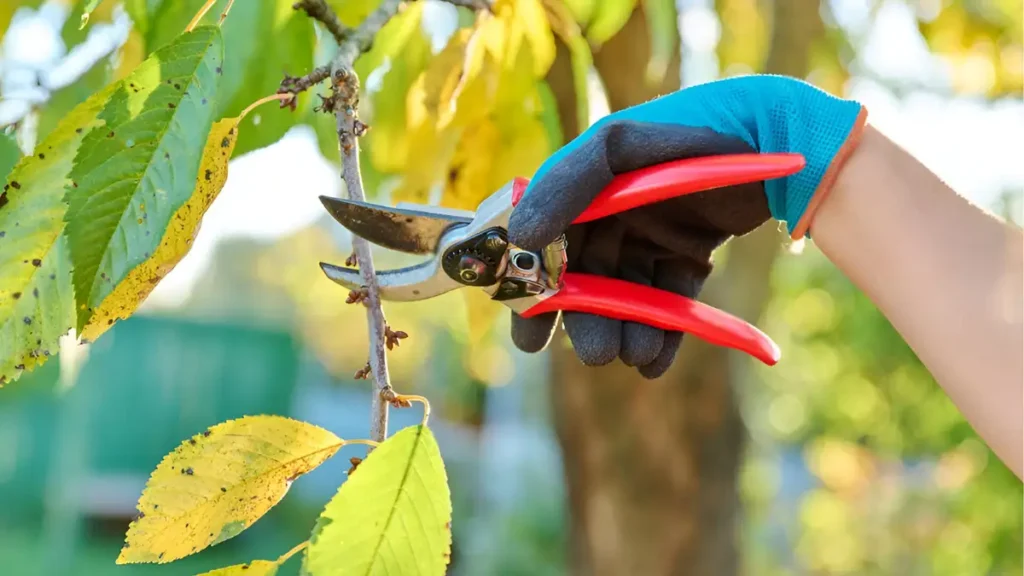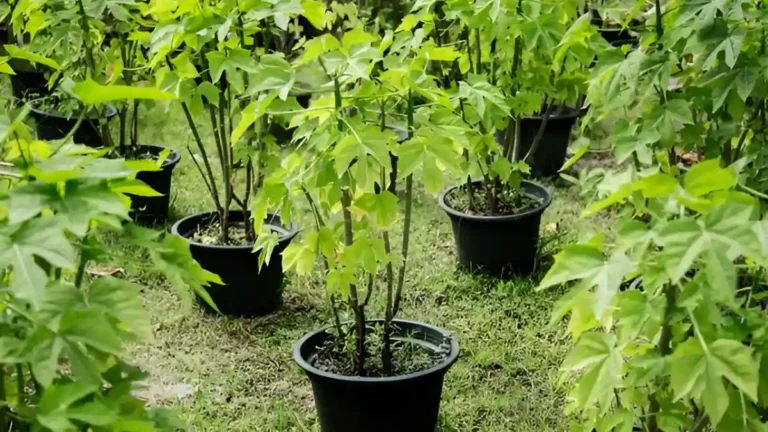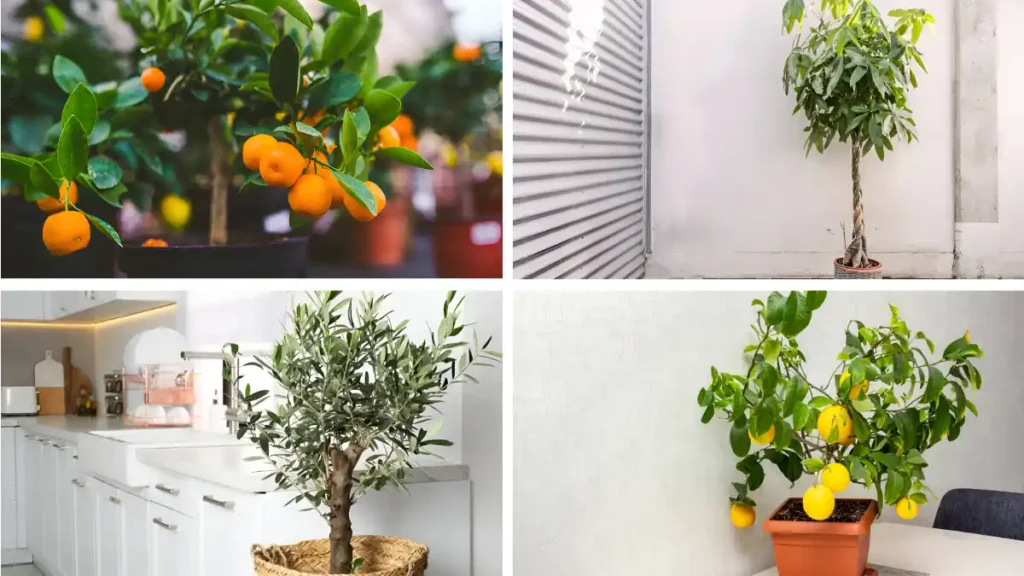The most well-liked and low-maintenance houseplants are these pothos plants. You may grow new plants from a single parent plant by following a simple method called propagation. Water, soil, and sphagnum moss are the most common media used for the effective propagation of these tropical plants. We will go over all three approaches so you can choose the one that works best for you. To learn the full process, read this article from beginning to end.
How to propagate pothos in water:
- Take stem cuttings from your parent plant using a pair of sterile, sharp pruning scissors or shears. After taking your stem cuttings, you’ll need to remove the lower leaves from the cuttings since water will be at the bottom of the cuttings. Ensure that every cut has a minimum of one or two leaves at the tip.
- Remove the bottom leaves from a pothole stem by cutting it. Once a week, replace the water in the little container with fresh water and add the stem cuttings. In a few weeks, roots will start to emerge from the stem’s nodes.
- Transferring pothos cuttings-filled pure water into a glass container. In the ground, plant the rooted cuttings. Plant the cuttings in a little container with drainage holes and use a soil mixture that drains well. With indirect sunlight, place your cuttings in a bright area.
Methods of how to propagate pothos in soil:
- Using a pencil, dig a hole in the ground. Insert the cutting that has been immersed in rooting hormone into the hole. Plant the stem cuttings in a clean, well-draining container with a pre-moistened potting mix. Push the cuttings into the soil, ensuring the top leaves are above the soil and the stem nodes are hidden.
- For propagation, a pothos clipping is put in the dirt. Maintain Soil Moisture. A strong, indirect light source should be available for the potted cuttings, and they should be well-hydrated.
- You can also use perlite, vermiculite, or coarse sand initially when growing plants from cuttings, and then move them to potting soil once roots have grown.
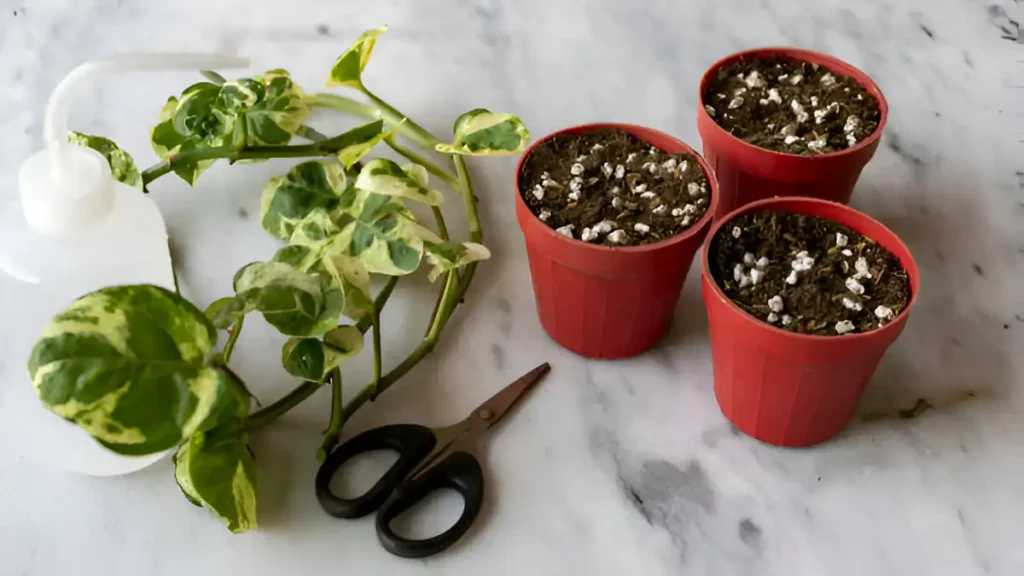
Learn how to propagate pothos from cuttings:
- Choose a pothos vine with multiple nodes and cut 4-6 inches long, 4-5 leaves, using sharp scissors or pruning shears. Remove the bottom two to three leaves to reveal nodes, and use rooting hormone to encourage quicker root growth.
- Make sure the nodes of the cutting are immersed by placing them in a glass of water. The glass should be placed in an area with strong indirect light. Maintaining freshness requires changing the water every few days.
- Fill a tiny pot with well-draining potting soil. Make sure the nodes are buried when you plant the cutting in the ground. After giving the dirt a good soak, position the pot in an area with bright, indirect light.
Conclusion:
The procedure of propagating pothos is simple and fruitful. Stem cuttings are a simple way to multiply it. You can have more of these lovely plants in your house by propagating pothos, which also make wonderful gifts to give to loved ones. You can easily increase the number of pothos plants in your collection by following these methods.
Certainly! If you’d like to learn more, please consider following our WhatsApp Channel: Harvest Gardening
A frequently asked questions:
Q1.When to Propagate Pothos plant?
A1. When the plants are just starting to emerge the spring is the ideal time to propagate pothos. As opposed to propagating these plants in the fall and winter, when it is less likely to succeed, you can propagate pothos at any time during the growing season.
Q2. How to propagate pothos cutting?
A2. Remove the lowest leaves from a 4- to 6-inch part of pothos, then plant the cutting in soil or water to begin the propagation process. Keep the medium moist until roots form, and make sure the node is buried in the soil or submerged in water.
Q3. What kind of lighting is ideal for propagating pothos?
A3. Bright, indirect light is ideal for pothos propagation. Low light might hinder the process of roots, while direct sunshine can be excessively harsh and harm the cuttings.
Q4: How to propagate pothos in sphagnum moss?
A4: Plant a cutting with at least one node into moist sphagnum moss, making sure the node is submerged and the moss stays damp but not soggy, to propagate pothos in sphagnum moss. under a few weeks, roots should start to grow if you keep the setup under indirect light.

